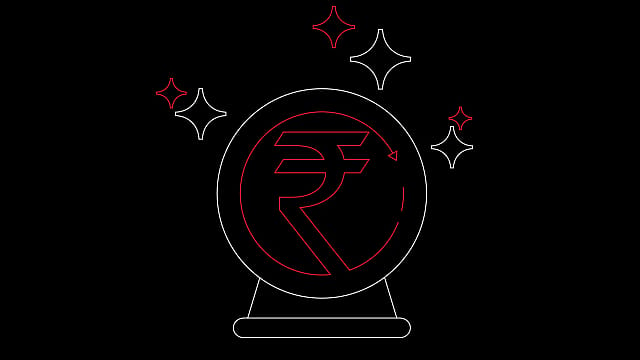Financial inclusion for the cash-only economy
ADVERTISEMENT

India is a land of many opportunities for those riding the digital wave. For fintech companies specially, the country is a potential gold mine waiting to be tapped with around 1 billion unbanked people yet to be brought under the umbrella of financial inclusion.
This cash-only economy embodies prepaid-feature phone users who need a secure, digital platform to manage their phone and data usage and even make utility payments. What we do need to keep in mind, however, is that while there is a huge demand for specifically-designed apps that financially enable feature phone and smartphone users who don't make online payments through their phone, there is an even bigger set of challenges to be overcome to create an effective and thriving ecosystem.
With the new Digital India movement and the wave of making India a digital economy it is important to digitalise the unbanked section of the economy. To address this need we need to first identify the key market issues with India’s prepaid users.
Surprisingly, the users face difficulty in the most basic need which is balance check, making it even more difficult for them to go online and use services and make payments. There is a need of fintech apps targeted at feature phone users and those smartphone users for whom online payments are disabled.
How to seamlessly create financial inclusion for the untapped 1 billion when accessibility is a major issue
All of us are aware that financial infrastructure is still not well established in India. A large chunk of the population still doesn’t have access to basic banking services, let alone credit facilities. Efforts to drive financial inclusion in India over the years have had mixed results. Even though digitisation in India is the new buzzword and the industry is steadily moving towards the online platform, the uptake of these financial services is still limited. People do not easily deposit their money in the bank because it is a low-credit society. Online payment is the same. We have seen that one basic issue faced by India’s prepaid users is difficulty in checking the balance in their phones. The challenge is enabling the next billion users for whom every 10 rupees saved has a major financial impact.
December 2025
The annual Fortune 500 India list, the definitive compendium of corporate performance, is out. This year, the cumulative revenue of the Fortune 500 India companies has breached $2 trillion for the first time. Plus, find out which are the Best B-schools in India.
In addition to this, all fintech firms face the challenge of creating a platform in a low bandwidth environment. I think the first step towards making India financially inclusive is to understand the customers’ needs and deliver accordingly. How do we do that? Data is crucial to the fintech ecosystem. Working with the fact that the unbanked population in India will not have CIBIL data, it becomes imperative for a company to build a strong data-analytics function.
All fintech firms should introduce the process of unique and efficient credit scoring systems or alternate scoring systems. These systems are crucial to help them build a data bank of each unbanked customer to analyse user consumption, the kind of apps he/she uses, calling and messaging patterns, etc. Once this data has been processed, firms will find it easier to bring users under the umbrella of financial inclusion by giving them a safe, fast and convenient transacting experience.
Financial inclusion beyond metros and urban areas
To make India a truly digital nation, it is important to get the unbanked population online. While many firms cater to the urban metros, it is the tier II and III markets that hold the greater challenge and also the real potential. Brands should modify their business models so that the section of the economy that needs money for living, is also able to enjoy financial services. Our fintech industry plays a very crucial role in determining how the industry grows so we have to move ahead of the curve and pioneer new technologies and services. Today, fintech disruptors are constantly changing how India works. Digital lending, online payments and insurance, to name a few, have all got a new meaning. Products and services such as user-friendly recharge packs and small loans are becoming the norm of the day as these make daily transactions much easier for users.
Innovative fin-tech applications have made transactions more convenient. Looking at the change this wave of financial inclusion has brought about, even banks and traditional financial institutions are either partnering with fin-tech companies or developing their own solutions.
Services that are a boon for the unbanked
As I’ve said earlier, the only way fintech firms can deliver the next level of personalised banking services for the unbanked customers is to study customer patterns and behaviour so that the interface he/she uses matches his/her specific usage. Keep adapting your business as per the consumers’ needs. At present, there is a need for an overall utility payment-app service that allows seamless payments for mobile recharge, DTH, electricity, gas, etc. Add-on services like UPI have also become increasingly important, as has a service like pay later that allows customers to avail a service and then pay for to later. Such innovative ideas benefit both the customer and the brand.
Views are personal.
The author is founder & CEO, True Balance.
